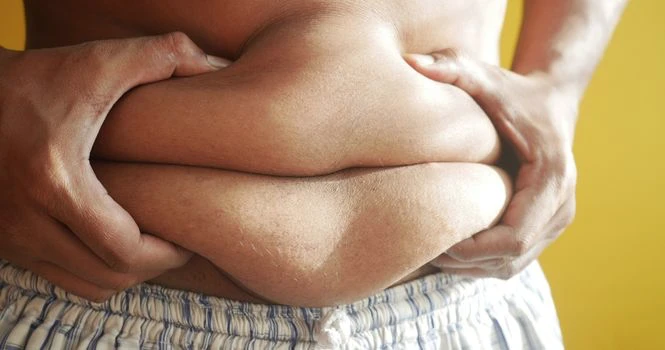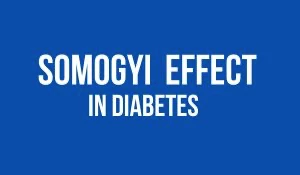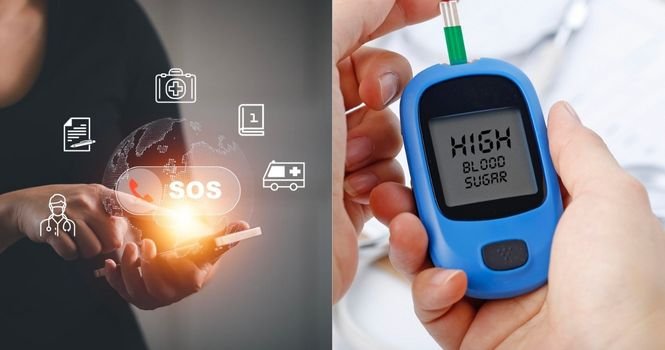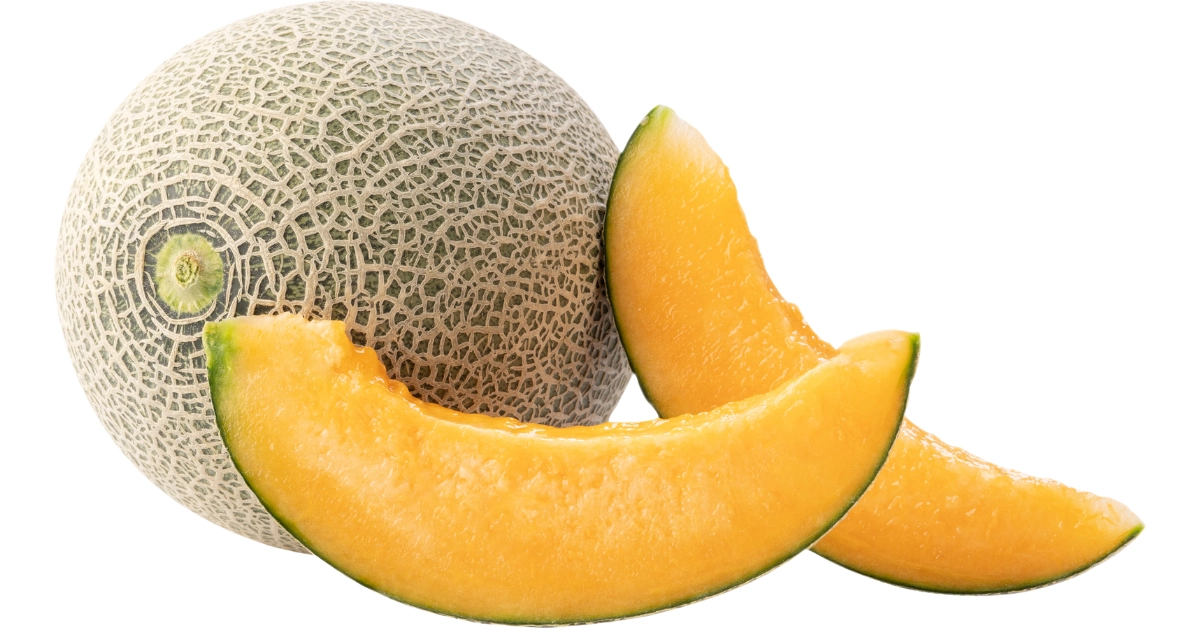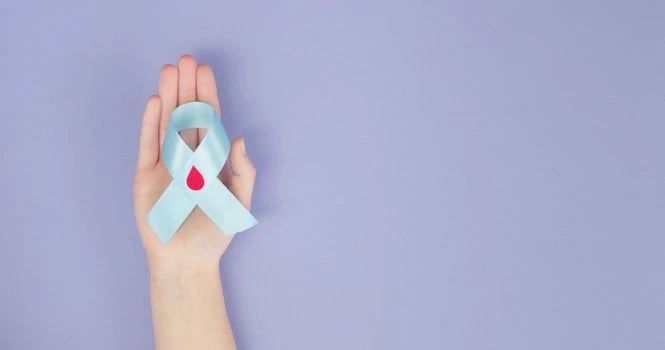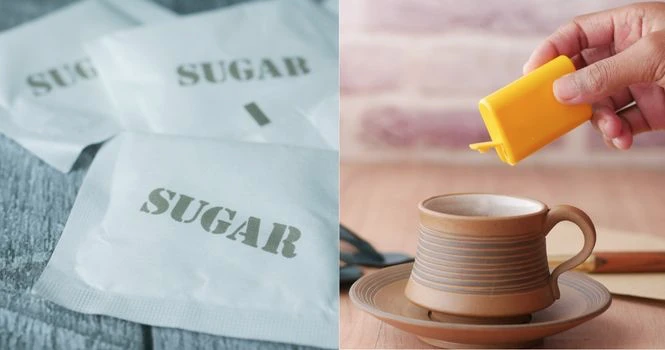What are Triglycerides?
When you eat food, which is more than your body’s calorie requirement, the excess Glucose is converted to Glycogen is stored in liver and muscle and when all the glycogen stores in Liver and muscle are full, and if this excess eating continues, then excess Glucose is converted to triglycerides and stored as fat.
And when the process is repeated again and again, the size of the fat cells starts increasing, then you start looking fat. Most of the body fat ( 99%) in the adipose tissue or fat storing tissue is in the form of Triglycerides.
Food is one source of Triglycerides and even Liver makes triglycerides and cholesterol inside your body. Now when this is clear, Let’s see the difference between triglycerides and cholesterol.
Let’s see the difference between triglycerides and cholesterol.
Difference between Triglycerides and Cholesterol
Triglycerides are simple lipids which are used for energy storage and released when the body requires it; and since they are an energy source, we could utilize it and get it down by walking or exercising regularly.
Cholesterol is a form of derived lipids, used for cell building and for making hormones, like Estrogen, Progesterone and Vitamin D.
Both are synthesized in the body. Cholesterol occurs in all foods of animal origin.
The plasma cholesterol is determined by
- The amount absorbed from food
- The amount synthesized in the body
- The rate of excretion in the bile and other factors.
What are the High Triglycerides Levels?
Blood Triglyceride Values
| Normal | < 150 |
| Borderline | 150 – 199 |
| High | 200 – 499 |
| Very high | >= 500 |
We get to know about High triglyceride levels by blood test, and it is one of the components of the Lipid Profile Test.
Lipid Profile Test measures the following,
- Total Cholesterol
- HDL
- LDL
- VLDL
- Triglycerides
- CHOL : HDL Ratio
- Total Cholesterol includes HDL, LDL and VLDL.
- HDL or High density Lipoprotein is the Good cholesterol
- LDL or Low density Lipoprotein is the Bad Cholesterol and
- VLDL , Very low density Lipoproteins, and if you divide your triglyceride value by 5, then you get your VLDL values. Check that, if you have your lipid profile report with you.
- High-density lipoprotein (HDL). HDL, the “good” cholesterol, picks up excess cholesterol and takes it back to your liver.
- Low-density lipoprotein (LDL). LDL, the “bad” cholesterol, transports cholesterol particles throughout your body. LDL cholesterol builds up in the walls of your arteries, making them hard and narrow.
- VLDL : Most triglyceride is found in VLDL particles.
Causes of High Triglycerides
High triglyceride levels may be caused by health conditions like
- Diabetes
- Hypothyroidism
- Kidney Disease
- Liver Disease
- Alcohol
- Eating foods containing cholesterol, saturated fat, and trans fat.
What happens when Triglycerides are High?
Normal levels are less than 150 mg/dL
It has been shown that Triglycerides act as a significant independent risk factor for Coronary Heart disease.
Doctors would mostly treat when fasting values are above 500 mg/dL and very high levels more than 1000 mg/dL are at risk for pancreatitis, that is inflammation of the pancreas.
Signs of High Triglycerides
These are due to fat build up on the surface of skin.
1. Xanthelasma
It can be identified by looking at the skin around your eyes. More common in women. They can be flat or raised and can be a sign of heart disease.
2. Xanthoma
Seen in other conditions as well like diabetes, Hypothyroidism, pancreatitis. More common among older adults , it can appear anywhere in the body but most commonly on elbows, joints, tendons, knees, hands, feet, or buttocks.
3. Lipemia Retinalis
Rare manifestation of high triglycerides seen in retinal vessels
4. Corneal Arcus or Arcus Senilis.
Commonly seen in elderly as a normal aging process and some studies have shown strong correlation between abnormal Lipid profile and corneal arcus.
How to Reduce High Triglycerides Naturally?
The Main method used to treat high triglycerides is through DIET and Exercise.
We have seen before that they are an energy source which is accumulated by excess sugar, carbs, and alcohol. Have a regular exercise regime and Start with Walking for 30 minutes 5 times a week.
Important things to AVOID are
- Alcohol
- Simple sugars
- Refined starches
- Saturated Fats
- Trans fatty acids
- Restricting your total calories intake.
Suppose the patient complies with dietary restrictions and the levels are not controlled well, then medications are prescribed.
Therapy with a triglyceride-lowering drugs like
- Niacin
- Fibric acid derivative
- Omega-3-acid ethyl esters or
- HMG-CoA reductase inhibitors
Combinations of these medications may also be used.



